Orange County is many things: the backdrop and inspiration for one of the greatest teen soap operas of our time; birthplace of both This Is Us star Milo Ventimiglia and 37th President of the United States Richard Nixon; and California’s Republican stronghold, which helped send both Ronald Reagan and George H.W. Bush to the White House.
It’s also, dear readers, home to a burgeoning halal food revolution.
I grew up in an adjacent Los Angeles County suburb called Cerritos, whose borders kissed the borders of the O.C. My parents chose this location for strategic reasons. My father works for LA county, so the commute wasn’t too bad, but they also wanted to be in proximity to a concentrated and established immigrant Muslim population. They found this in Orange County, which boasts some of the largest mosques in Southern California, as well as a rapidly expanding market for halal food.
Before Cerritos, my parents lived in Hawthorne (a city in southern Los Angeles County known mostly for being the home of Tesla and Space-X) and would endure an hour-long commute to Orange County to pick up groceries from the halal supermarkets. My mother is the only one in our family who observes zabihah/halal guidelines. For a certain subset of the population, halal food conjures up visions of chicken and rice bowls, popularized by NYC halal food carts. For another, halal represents an encroaching demographic threat, or “creeping sharia,” as right-wing fearmongers and Islamophobes like to call it. But halal merely means “permissive”—and when applied to dining, it means a food item is pork-free, and that the meat comes from an animal slaughtered the Islamic way (which often varies by sect and is too comprehensive to list here, but this is a pretty accurate list). This means In-N-Out burgers and street cart tacos are off the menu for my mother.
So, when we ate out as a family, the easiest options were halal restaurants, many of which were in Orange County. Otherwise, the food options available to my mother—who could only enjoy so many McDonald’s Filet-O-Fishes, In-N-Out Animal Fries, and different “veggie” versions of popular meat-based dishes—were limited. For a very long time, the only halal restaurants that existed were Middle Eastern or Indo-Pakistani—and they were all extremely kabob-centric. If we were eating out, it meant we were having shawerma or chicken tikka masala for dinner. (That, or Souplantation, which will be the subject of a different kind of essay. Stay tuned!) We frequented Anaheim’s Little Arabia district or the neighboring Artesia’s Little India neighborhood.
But in recent years, the halal food scene has changed. Newly formed institutions like the O.C. Halal Food Fest have provided platforms of support for burgeoning businesses. Not only has the industry experienced a diversification of Middle Eastern halal cuisines—with new restaurants offering up region-specific dishes, like Istanbul Grill or Aleppo’s Kitchen—but its quality has also benefited from the widening of culinary options. Last week, my family and I dined at Ribs ‘n’ Kabobs, which serves halal barbecued Korean short ribs alongside Pakistani biryani. It was the first time my mom could indulge in Korean food without worrying about the ingredients. That night’s dinner options also included Thai Corner and Win Thai (halal Thai restaurants), as well as Mas’ Islamic (a halal Chinese restaurant). But we could have dined at SoCal Caribbean, which delivers halal Caribbean food on a truck, or Fatima’s Grill, which offers up decadent halal interpretations of Mexican food. Even more traditional shawerma joints, like Zait & Zaatar, have expanded their menus to include items like Philly cheesesteaks. There are halal burger places and halal pizza parlors. These businesses give folks who observe halal guidelines access to cultural experiences that, otherwise, had been unavailable to them.
It’s poignant to note that these halal food establishments prosper even in the face of rising Islamophobia in Orange County. Last year, O.C. had the highest number of anti-Muslim hate incidents of all the counties in California. It remains one of the few places in California where I worry my faith and skin color might provoke unwanted conversations with strangers. But the demographics are changing. This past election season, the county turned blue for the first time since the Great Depression, casting its vote for Hillary Clinton. New institutions are emerging to create supportive networks for Muslim residents. For the food industry, events like the O.C. Halal Food Fest help provide a platform for new Muslim businesses and restaurants who want to build a consumer base in a county that has traditionally been hostile to them. New generations of Muslims are realizing that they don’t have to adhere to old norms. While we were eating at Ribs ‘n ’ Kabobs, the owner came out from the back of the restaurant with an off-menu item: steak tacos. He dropped them off at our table as a freebie. My mom ate it with the biryani.
Home page image from Instagram user @sameerseats







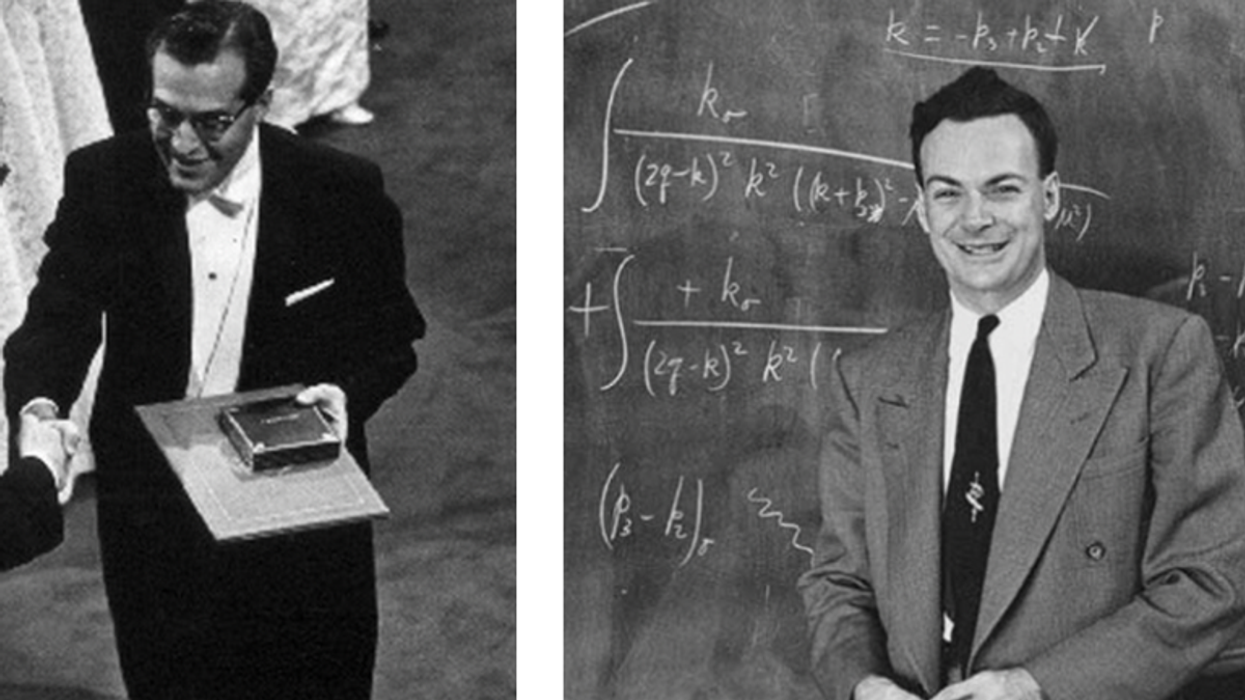



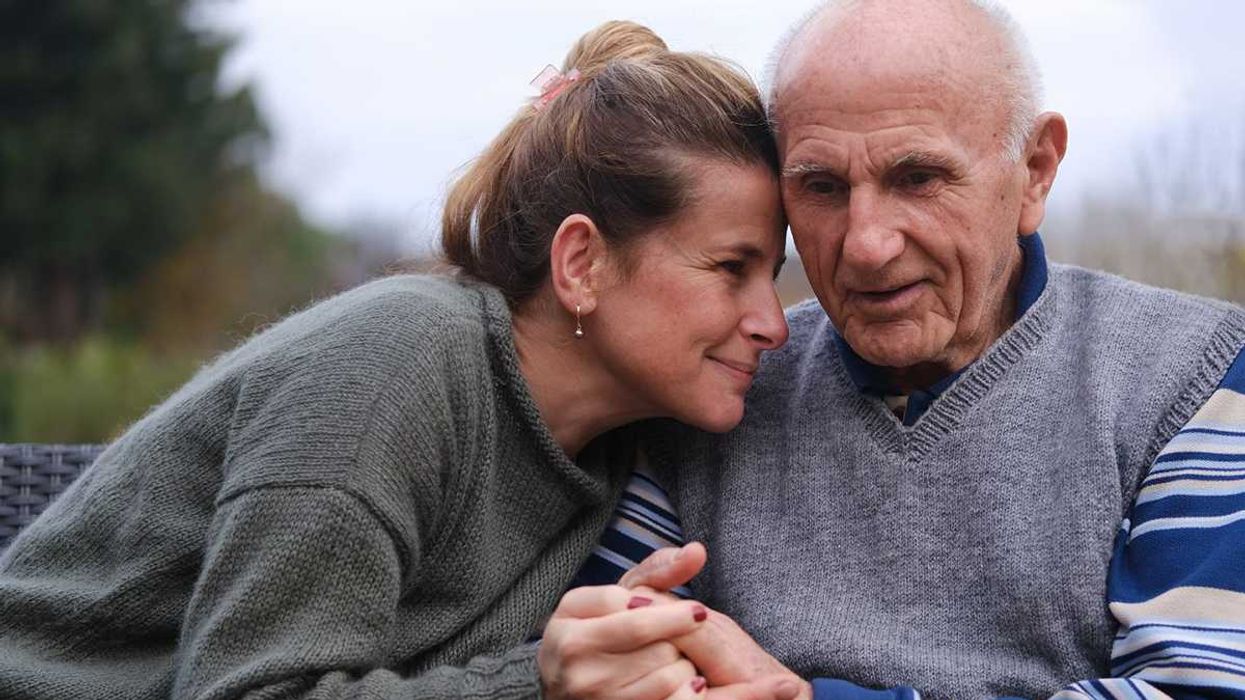


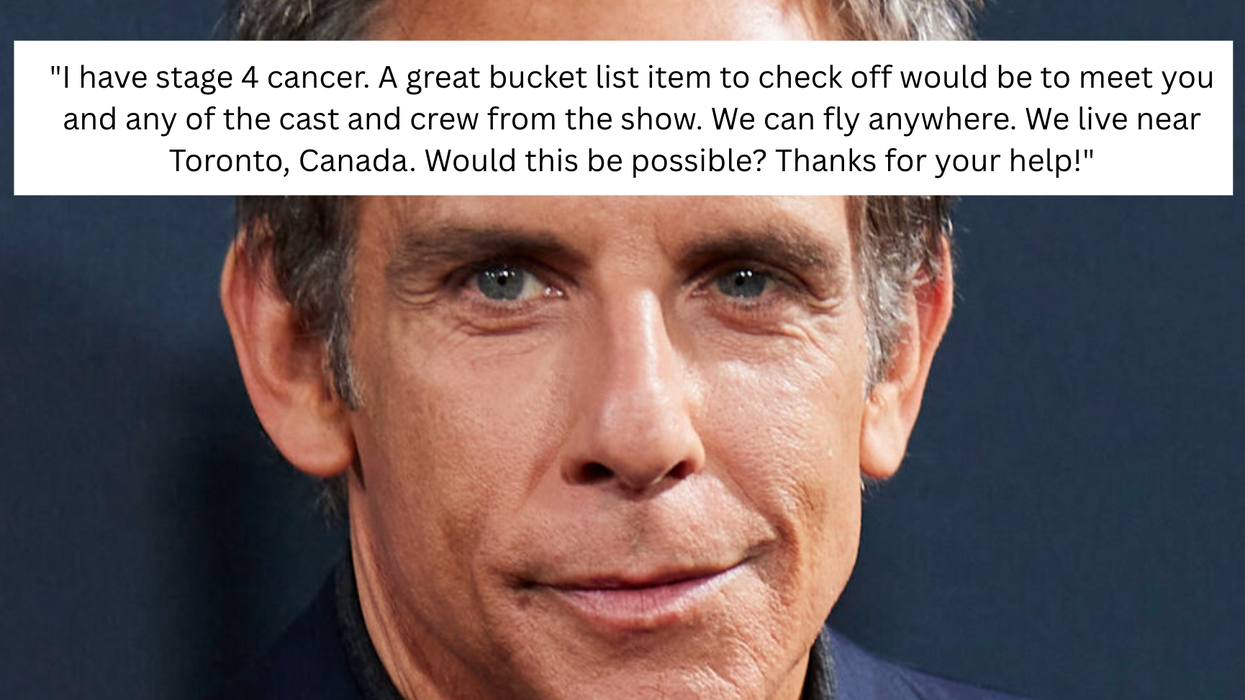



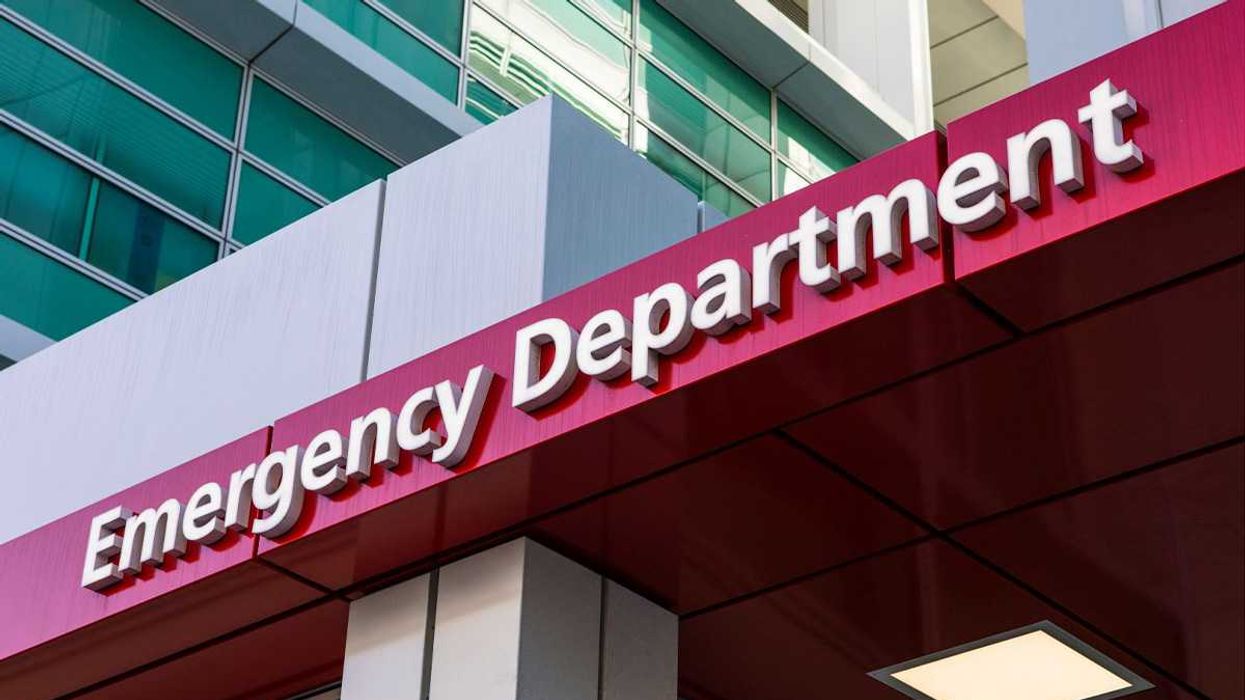 The Emergency Department.Photo credit:
The Emergency Department.Photo credit: 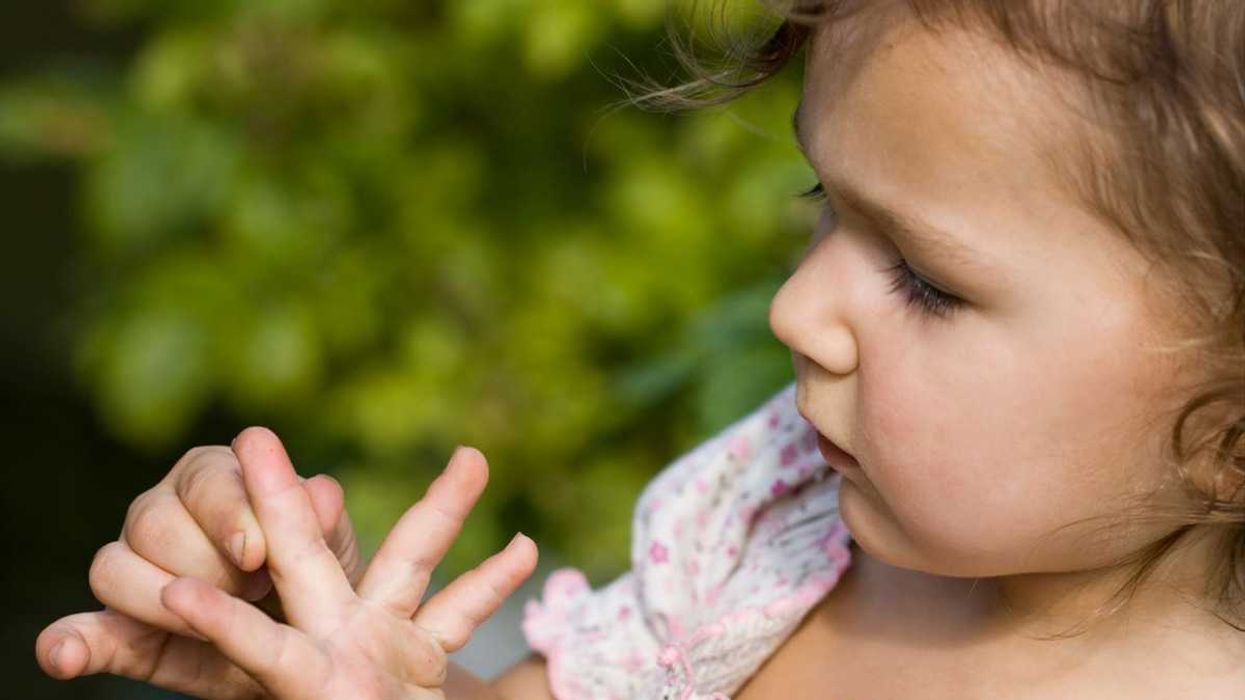 Little girl with a splinter.Photo credit:
Little girl with a splinter.Photo credit:  Woman on phone after car accident.Photo credit:
Woman on phone after car accident.Photo credit: 


 A hotel clerk greets a guestCanva
A hotel clerk greets a guestCanva Gif of Faye Dunaway' as Joan Crawford demanding respect via
Gif of Faye Dunaway' as Joan Crawford demanding respect via  An empty rooftopCanva
An empty rooftopCanva
 A road near equatorial Atlantic OceanCanva
A road near equatorial Atlantic OceanCanva Waves crash against rocksCanva
Waves crash against rocksCanva